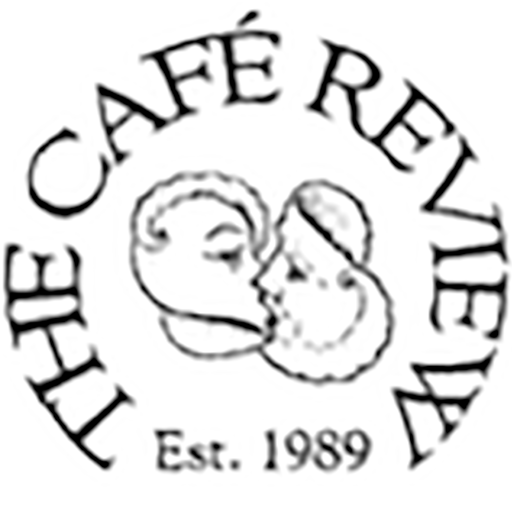Mist and Dew
by Tony Lopez
When there is no sand in desert air, visibility is excellent.
A settled life presupposes regulation of water supplies.
Neutral soils taste neither sour nor sweet but take on the flavour
of humus.
Not only through invasions is knowledge transferred.
Microbes, abundant in garden soil, leave their imprint in
coloured gelatin.
When floods occur water is diverted to gardens beyond lateral
walls.
Entrances always face East–west.
Delivered from all over Germany, the soil contains small creatures
and seeds.
Submerged feet are not represented.
Another clue worth looking for is colour.
Figure 293 shows suspended wooden ramps for channelling water
along mountain edges.
We were on the sea ice when a storm blew up.
It will be difficult to recover the micro–vegetation demolished by
vehicles.
Each cartridge contained fifty feet, enough for three minutes and
twenty seconds filming.
Adobe does not waste wood in firing bricks.
In front of you a church spire is visible, lined up with a radio
mast.
Colours include rusty orange, forest green, dusty rose and
mustard yellow.
Daytime air is warmer and the limestone interior is colder than
outside.
The underground house provides benefits and saves surface land.
UK satellite dishes normally point South–south–east.
Large wooden rafts were anchored on lakes and marshes.
The place where earth was collected is written on each sheet.
Facing the wind is a steep tapered slope that grades towards the
lee end.
They collected night condensation of mist and dew.
Water is attracted to water.

